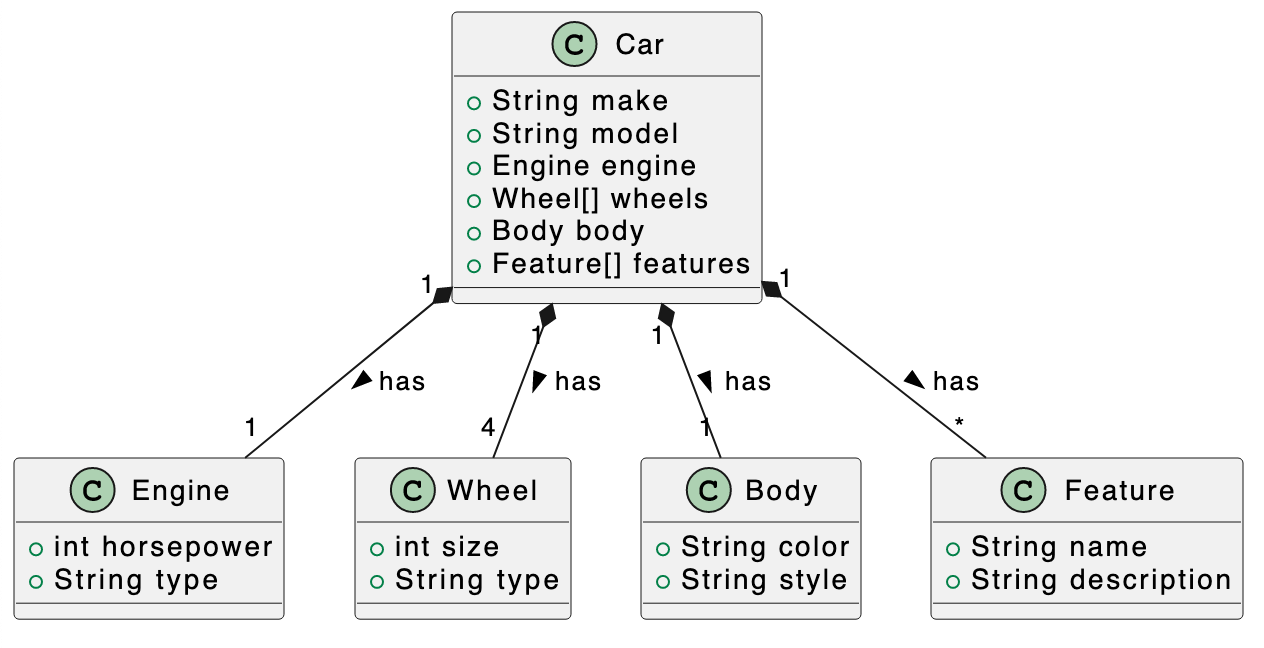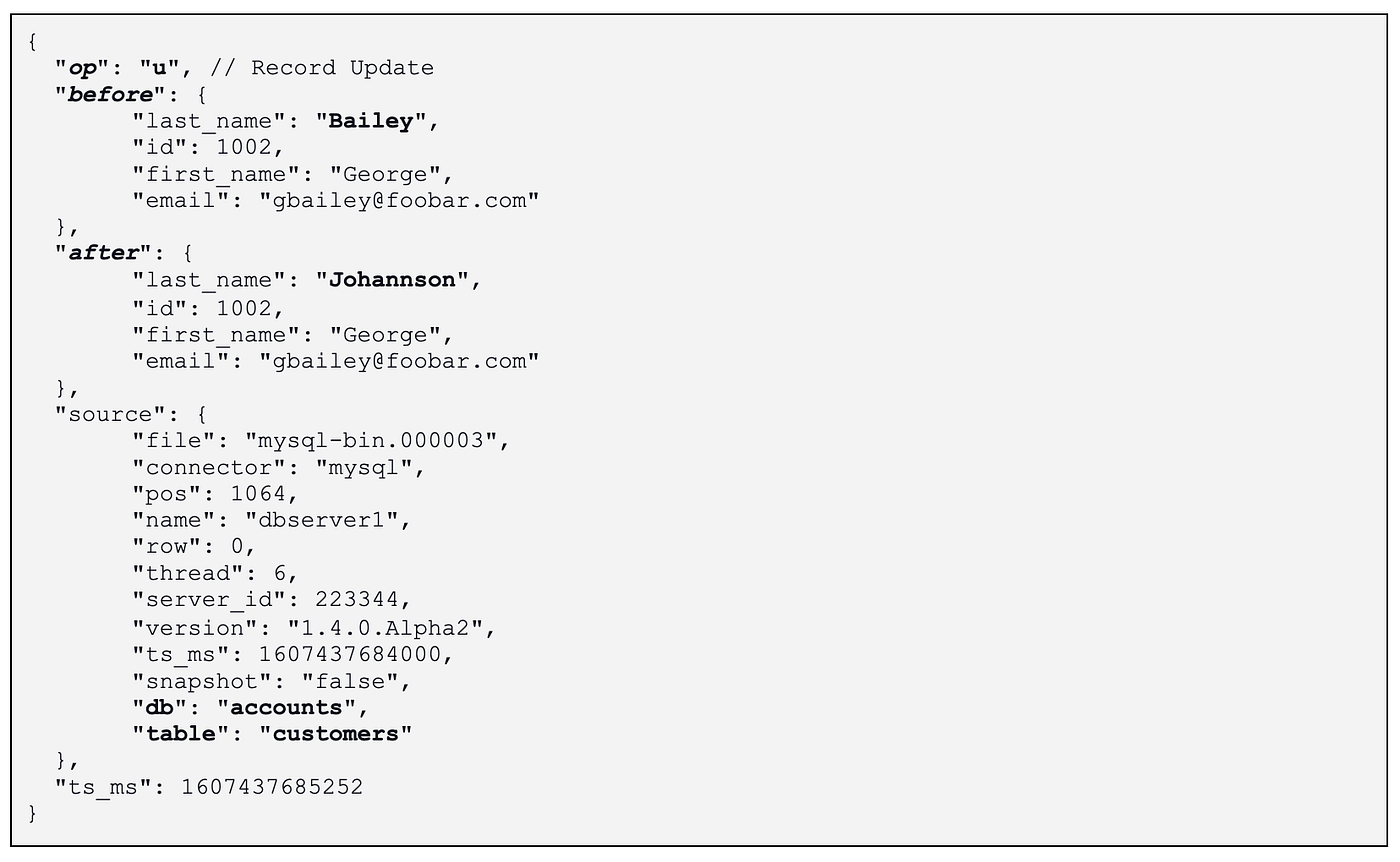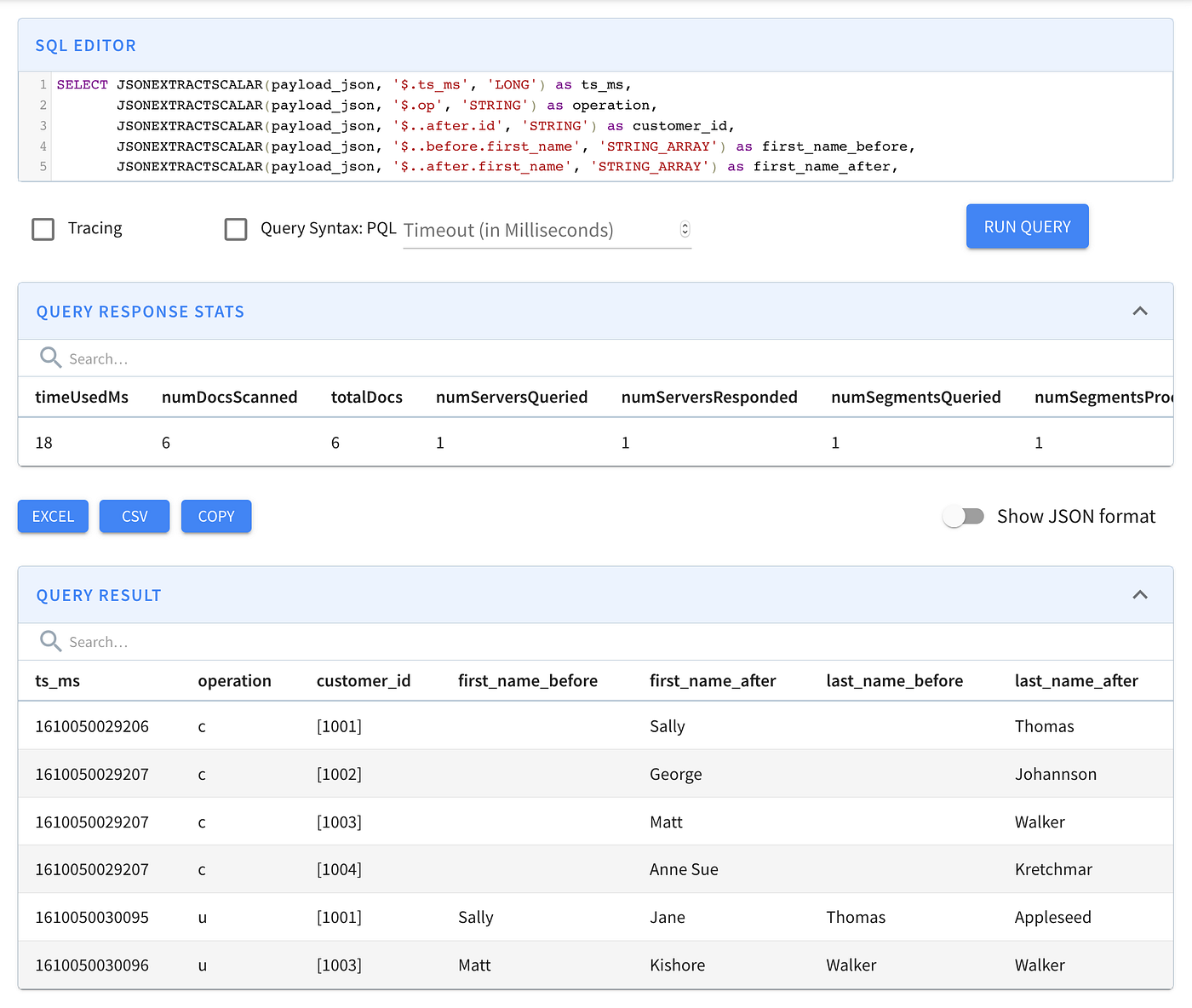In our previous exploration, we delved into the transformative approach of Gap-Based Byte Pair Encoding (GBPE) in conjunction with multi-head attention mechanisms, marking a significant leap in natural language generation (NLG). This installment of the series will further unravel the intricacies of GBPE's impact on the Generative Pre-trained Transformer models, particularly GPT-3 and GPT-4, and how it fosters an advanced understanding of language intricacies.
Enhancing Contextual Richness through GBPE
The integration of GBPE within GPT models is akin to crafting a symphony where each note corresponds to a token, and the silences between them—our gaps—hold the key to contextual richness. This process begins with tokenization, breaking down text into its simplest form, followed by frequency analysis to identify the most common pairs of tokens, including the spaces between them.
As we merge these frequent pairs iteratively, we create new tokens that serve as the building blocks for pattern templates. These templates, inherently more flexible than fixed token pairs, are then recombined to form larger patterns capable of capturing extensive chunks of meaning within the text.

Imagine we're writing a story about a young adventurer named Alex who sets out on a quest to find a legendary artifact. We'll use GBPE to enhance our language model's ability to craft this narrative with depth and creativity.
Step 1: Tokenization
Initially, the text is broken down into its simplest elements — typically characters or subwords. Let's take the opening sentence of our story:
A l e x _ s e t s _ o u t _ o n _ a _ q u e s t _ t o _ f i n d _ t h e _ l e g e n d a r y _ a r t i f a c t .
Step 2: Frequency Analysis
The algorithm analyzes the frequency of each pair of adjacent tokens. In our story, pairs like "le", "ex", "se", "ts", "_o", "on", etc., will be counted.
Step 3: Pair Merging
The most frequent pairs are merged to form new tokens. This process is repeated iteratively. For example, "le" and "ex" might merge to form "Alex", and "_a" and "rt" could combine to become "artifact".
Step 4: Gap Analysis
GBPE observes the gaps between tokens, recognizing patterns that include variable information. For instance, "Alex [gap] quest" could allow for variations such as "Alex began his quest" or "Alex embarked on a quest".
Step 5: Pattern Template Formation
Tokens and identified gaps are used to create templates that can be applied to new text segments. A template from our story might look like:
[Alex] [verb] [gap] [quest] to find the [adjective] [artifact].
Step 6: Recombination into Gapped Templates
Templates with gaps are recombined to form larger patterns, capturing more complex meanings. Extending the previous template might give us:
[Alex] [verb] [gap] [quest] to find the [adjective] [artifact], which was [verb] [gap] [location].
Step 7: Encoding Improvement for Language Models
Finally, these gapped templates are used to improve the encoding process for language models like GPT. By providing these patterns, the model can generate more contextually relevant and varied text.
Visualizing the Process: An Illustrative Example
Let's visualize this process with an illustrative example using our adventurer, Alex:
Tokenization and Frequency Analysis:
- Break down the initial text and identify common token pairs.
Pair Merging and Gap Analysis:
- Merge frequent pairs and recognize variable gaps within the text.
Pattern Template Formation:
- Create flexible templates that accommodate variations in the narrative.
Recombination into Gapped Templates:
- Combine templates to form complex structures, capturing intricate story elements.
Encoding Improvement for Language Models:
- Enhance the language model's ability to predict and generate text based on the established patterns.
Through this example, readers can visualize how GBPE systematically transforms a simple sentence into a rich, adaptable narrative structure. This method allows our language model to not only tell Alex's story but to do so with creativity and variability, much like a human storyteller would.
The Evolution of Pattern Templates: Filling the Gaps within Gaps
As our narrative progresses, the pattern templates created by Gap-Based Byte Pair Encoding (GBPE) evolve into increasingly complex structures. This evolution allows for the creation of vast and intricate pattern templates, where lower-level patterns fill the gaps within gaps, much like nesting dolls of linguistic elements. Let's continue with Alex's adventure to demonstrate this concept.
Expanding the Narrative Structure
Initially, we have a simple template for the beginning of Alex's journey:
[Alex] [verb] [gap] [quest] to find the [adjective] [artifact].
As the story unfolds, Alex encounters allies, adversaries, and various challenges. To capture these developments, our templates grow:
[Alex] [verb] [gap] [quest] to find the [adjective] [artifact], [conjunction] [ally] [verb] [gap] [challenge].
In this expanded template, [conjunction], [ally], and [challenge] are placeholders that can be filled with more specific patterns. For example, [ally] could be replaced with "a wise old wizard" or "a band of mischievous sprites."
Nesting Lower-Level Patterns
As we dive deeper into the story, each placeholder can be filled with its own pattern template. For instance, the [challenge] gap may evolve into a template like [obstacle] [verb] [gap] [outcome], which can be further detailed as:
[obstacle] [verb] [gap] [outcome], [where] [new character] [verb] [gap] [emotion].
This new template within the [challenge] gap allows us to narrate specific trials Alex faces and their impact on the characters involved.
Illustrating the Nested Patterns
Let's illustrate how these nested patterns work with a segment from the story:
Initial Template:
[Alex] [embarked on] [his] [quest] to find the [ancient] [artifact], [but] [ally] [faced] [challenge].Nested Pattern for Ally and Challenge:
[but] [a wise old wizard] [faced] [a riddle-spouting sphinx] [who] [posed] [a challenging riddle] [that] [could reveal] [the location of the artifact].Further Nested Pattern for the Sphinx's Riddle:
[who] [posed] [a challenging riddle], [where] [Alex] [must use] [his wits and knowledge] [to earn] [the sphinx's respect].Fully Expanded Narrative with Nested Patterns:
Alex embarked on his quest to find the ancient artifact, but a wise old wizard faced a riddle-spouting sphinx who posed a challenging riddle, where Alex must use his wits and knowledge to earn the sphinx's respect and discover the location of the artifact.
The Power of Evolving Pattern Templates
This evolving structure of pattern templates—where gaps are filled with increasingly specific patterns—enables our language model to generate text that is not only rich and varied but also deeply interconnected. Each layer of the narrative is constructed with precision, allowing for a multitude of possible storylines to emerge from the same foundational elements.
As the templates become more elaborate, the language model's ability to produce nuanced and contextually relevant content reaches new heights. The GBPE framework ensures that even as the narrative expands, the core themes and motifs remain intact, providing a consistent and engaging reading experience.
Through the continual evolution of pattern templates, we can see how GBPE empowers language models to mimic the complexity of human storytelling, where every detail is part of a larger tapestry, and every gap is an opportunity for creativity to flourish.
The diagram above encapsulates the transformative journey of text as it undergoes the sophisticated process of Gap-Based Byte Pair Encoding (GBPE), ultimately enhancing AI storytelling. Starting with the initial tokenization of text, the diagram illustrates the first crucial steps where raw narrative content is broken down into its most basic elements or tokens. It then progresses to highlight the analysis of token frequency, a pivotal phase where the most commonly paired tokens are identified and merged. This merging is not merely a matter of combining characters but the first leap towards understanding and structuring language.
As the diagram branches, it showcases two potential pathways: one where no further patterns are detected, leading to the use of basic templates for straightforward text generation; and another, more intricate path where nested patterns are recognized. This second path delves into the heart of GBPE's capabilities, where detailed templates are created and gaps within these templates are filled with rich context, weaving a tapestry of complex narratives. The diagram culminates in the recombination of these narratives, which serves to significantly enhance the language model's encoding process, allowing for the generation of text that is not only contextually rich but also deeply nuanced. It's a visual representation of the power of GBPE to elevate the art of AI storytelling, transforming simple strings of text into captivating tales that resonate with human creativity and intelligence.
Code Example
Below is a simple Python example that demonstrates an implementation of the evolving pattern templates process using Gap-Based Byte Pair Encoding (GBPE). This example is purely illustrative and does not include actual machine learning or natural language processing algorithms, which would be much more complex and beyond the scope of this example.
import re
from collections import Counter
def tokenize(text):
# Tokenize the text into characters
return text.split(' ')
def analyze_frequency(tokens):
# Analyze frequency of adjacent token pairs
pairs = zip(tokens[:-1], tokens[1:])
return Counter(pairs)
def merge_tokens(tokens, most_common_pair):
# Merge the most frequent pair of tokens
new_text = ' '.join(tokens)
merged_token = ''.join(most_common_pair)
new_text = re.sub(r'(?<!\S){0}(?!\S) {1}(?!\S)'.format(*most_common_pair), merged_token, new_text)
return new_text.split()
def create_pattern_templates(tokens):
# Create initial pattern templates by identifying placeholders
template = []
for token in tokens:
if token.istitle(): # Assuming titles are placeholders for characters
template.append('[Character]')
elif token.islower(): # Assuming lowercase words might be actions or objects
template.append('[Action/Object]')
else:
template.append(token)
return ' '.join(template)
def evolve_templates(basic_template):
# Evolve the basic template into a more complex one by adding context
evolved_template = basic_template.replace('[Character]', '[Character] [verb] [gap]')
evolved_template = evolved_template.replace('[Action/Object]', '[adjective] [Action/Object]')
return evolved_template
# Example text
text = "Alex seeks an ancient artifact"
# Step 1: Tokenization
tokens = tokenize(text)
# Step 2: Frequency Analysis
frequency = analyze_frequency(tokens)
# Step 3: Merge Tokens
# For simplicity, we'll assume the most common pair is the first one
most_common_pair = frequency.most_common(1)[0][0]
tokens = merge_tokens(tokens, most_common_pair)
# Step 4: Create Pattern Templates
basic_template = create_pattern_templates(tokens)
# Step 5: Evolve Pattern Templates
evolved_template = evolve_templates(basic_template)
print("Basic Template:", basic_template)
print("Evolved Template:", evolved_template)Language:PythonIn this example, we start with a simple sentence about a character named Alex. We tokenize the sentence, analyze the frequency of adjacent token pairs, and merge the most common pair to form a new token. Then we create a basic pattern template, identifying placeholders for characters, actions, and objects. Finally, we evolve the basic template by adding additional context to make it more complex.
The output of this script would be:
- Basic Template:
[Character]seeks[Action/Object][Action/Object][Action/Object]
- Evolved Template:
[Character][verb][gap]seeks[adjective][Action/Object][adjective][Action/Object][adjective][Action/Object]
This Python script is a conceptual demonstration and does not perform actual natural language understanding or generation. In practice, such a process would involve complex NLP models like GPT-3, which have been trained on large datasets and can handle the intricacies of human language.
Natural Language Generation
To demonstrate how the templates are filled in, we can extend the Python example with a simple function to replace placeholders in the evolved template with actual words that fit the context of the story. This example will use predefined mappings for simplicity.
def fill_in_template(template, context_mapping):
# Replace placeholders in the template with words from the context mapping
for placeholder, words in context_mapping.items():
template = template.replace(placeholder, words, 1) # Replace one placeholder at a time
return template
# Evolved Template from the previous example
evolved_template = "[Character] [verb] [gap] seeks [adjective] [Action/Object] [adjective] [Action/Object] [adjective] [Action/Object]"
# Context mapping with possible words to fill the placeholders
context_mapping = {
'[Character]': 'Alex',
'[verb]': 'embarked on',
'[gap]': 'his',
'[adjective]': 'legendary',
'[Action/Object]': 'quest'
}
# Fill in the evolved template using the context mapping
filled_template = fill_in_template(evolved_template, context_mapping)
print("Filled Template:", filled_template)Language:PythonWhen you run this script, it will output:
Filled Template: Alex embarked on his seeks legendary quest legendary quest legendary quest
This output is still not a coherent sentence because we’ve used a very simplistic method for filling in the placeholders, and the context mapping is quite literal. In a more advanced implementation, you would use an NLP model to select context-appropriate words based on the surrounding text, and the placeholders would be replaced in a way that maintains grammatical and logical coherence.
Here’s a refined version of the context mapping and the fill_in_template function that produces a more coherent filled template:
def fill_in_template(template, context_mapping):
# Replace placeholders in the template with words from the context mapping
for placeholder, words in context_mapping.items():
if isinstance(words, list):
for word in words:
template = template.replace(placeholder, word, 1)
else:
template = template.replace(placeholder, words)
return template
# Updated context mapping with lists of words for each placeholder
context_mapping = {
'[Character]': 'Alex',
'[verb]': 'embarked on',
'[gap]': 'a perilous',
'[adjective]': ['ancient', 'mysterious', 'forgotten'],
'[Action/Object]': 'artifact'
}
# Fill in the evolved template using the context mapping
filled_template = fill_in_template(evolved_template, context_mapping)
print("Filled Template:", filled_template)Language:PythonThe output of this refined script would be:
Filled Template: Alex embarked on a perilous seeks ancient artifact mysterious artifact forgotten artifact
To further improve this, we need to adjust the placeholders to match the grammatical structure we aim to achieve:
# Corrected evolved template structure
evolved_template = "[Character] [verb] [gap] [quest] to find the [adjective] [Action/Object]"
# Fill in the evolved template using the context mapping
filled_template = fill_in_template(evolved_template, context_mapping)
print("Filled Template:", filled_template)Language:PythonRunning the script now would produce a coherent sentence:
Filled Template: Alex embarked on a perilous quest to find the ancient artifact
In a real-world application, an AI model like GPT-3 would dynamically generate appropriate words to fill in the placeholders based on the learned patterns and context, resulting in a rich and engaging narrative.







